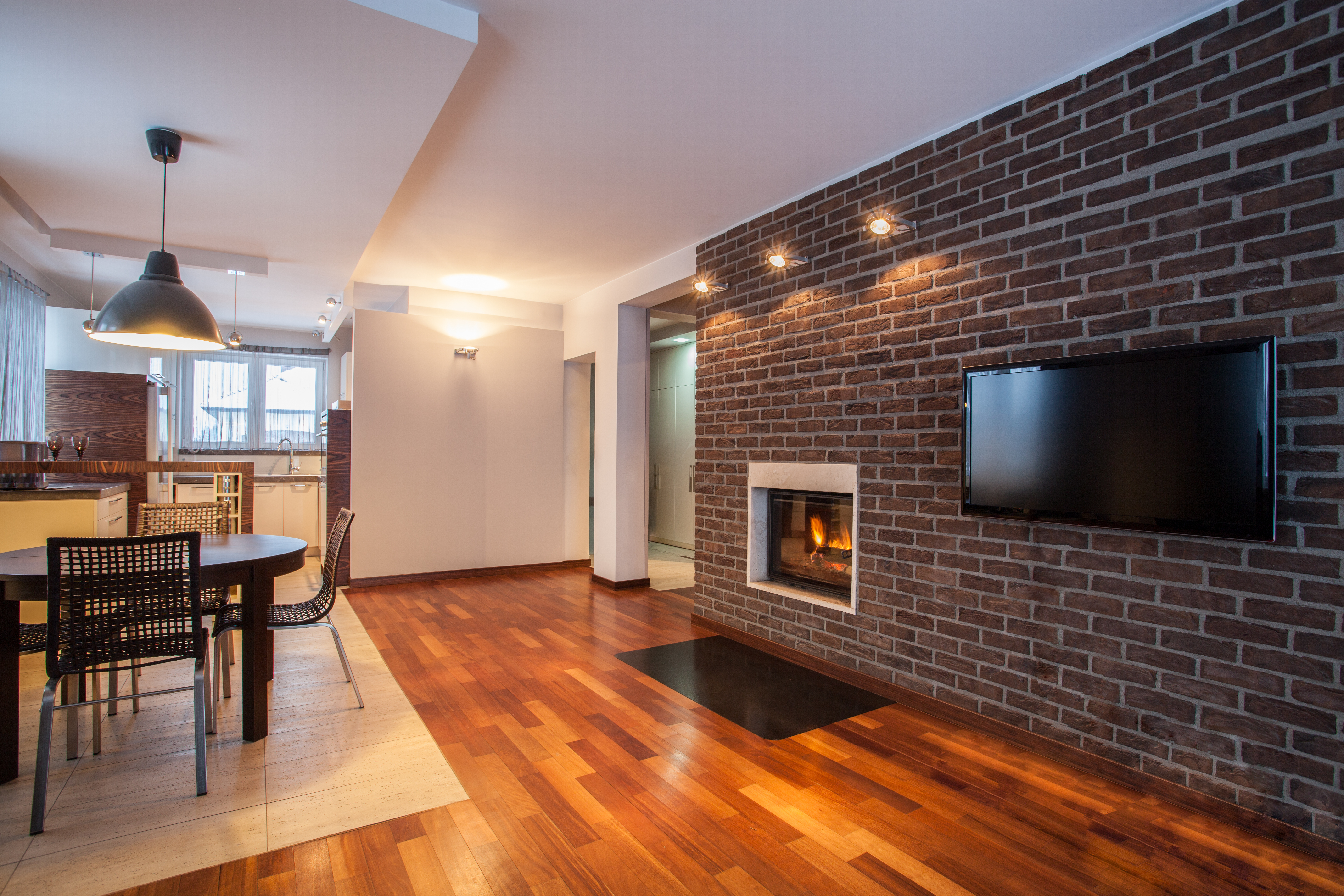Introduction
Explore India's diverse regional construction materials, from mud bricks to bamboo. Learn about sustainable, cost-effective building alternatives across different regions.
India's diverse cultural landscape is matched by its varied regional construction materials, each highlighting the unique characteristics of its region. So, let us take a tour of the country and understand the various construction materials they offer.
1. North India – Mud bricks and Stone

• Mud Bricks:
In the dry and semi-dry regions like Rajasthan and parts of Punjab and Haryana, mud bricks are a classic go-to. Made by mixing mud, straw, and water, these bricks keep homes cool during the roasting summers. Plus, they’re like the original air conditioners—low maintenance, all-natural, and no electricity bills!
• Sandstone and Marble:
Rajasthan is the marble and sandstone capital of India. We are all aware of the iconic pink sandstone of Jaipur and the Makrana marble—these materials bring grace and durability to any construction. Of course, it can cost a lot, and it is heavy too, but then royalty comes at a price. If you want to stand out and feel like a prince, this is the way to go.
2. Eastern India – Bamboo and Terracotta

• Bamboo:
Bamboo is abundantly found in the Northeastern states like Assam and Tripura. Local artisans are very skilled at using it. What makes bamboo incredible and among the best of materials is its character. It is lightweight, strong, and flexible. These are perfect for making houses that can better withstand earthquakes. Plus, they look aesthetically good.
• Terracotta Bricks and Tiles:
Terracotta literally means fired earth. Made from moulded clay, it is distinguished from bricks by its larger size and finer quality. They often have a higher compressive strength than traditional clay bricks, helping them withstand heavy loads and resist deformation under significant pressure. Bengal and Odisha swear by terracotta, with its rich red hues and natural cooling properties.
3. Western India – Laterite and Coconut Timber

• Laterite Blocks:
Maharashtra and Goa flaunt their laterite blocks, made of weathered rock. These reddish blocks are easy to cut, durable, and give your home a rustic, earthy look. Plus, they age gracefully, developing a natural veneer over time.
• Coconut Timber:
Coconut timber has many applications as both a structural and interior design material. The harder, high-density timber is suitable for general structural purposes such as pillars, trusses, rafting, furniture, window and door frames, floors, decking, and floor joists. Down south in Kerala, coconut palms are not just for sipping cool tender coconuts but also to say to guests, “My house is held together by coconuts!”
4. Southern India – Compressed Earth Blocks and Lime Plaster

• Compressed Stabilized Earth Blocks (CSEB):
Compressed stabilized earth blocks (CSEBs) are a sustainable building material made from local soil, cement or lime, sand, and water. Tamil Nadu and Karnataka are pioneers of this eco-friendly material. These blocks are made by compressing a mix of soil, sand, and stabilizers (like lime or cement). They’re sturdy, sustainable, and very appropriate for modern green architecture.
• Lime Plaster and Paints:
Kerala loves its lime—whether it’s for making walls breathe or for giving them a luminous, whitewashed look. Lime plaster is an ancient material that’s back in fashion for its anti-microbial properties and timeless aesthetics.
5. Central India – Fly Ash and Stone Chips

• Fly Ash Bricks:
Fly Ash bricks are made of fly ash, lime, gypsum, and sand. These can be extensively used in all building construction activities similar to that of common burnt clay bricks. The fly ash bricks are comparatively lighter in weight and stronger than common clay bricks. This byproduct of thermal power plants is adopted widely in Madhya Pradesh and Chhattisgarh. They are lightweight, affordable, and great for reducing construction waste. If there’s an “environment activist” among bricks, this is it.
• Stone Chips and Gravel:
Stone chips are a type of crushed stone that is created by breaking down rock into different sizes, while gravel is a natural material made up of broken-down rock. From the Vindhyas to the Satpuras, Central India is rich in stone chips and gravel. These are perfect for foundations and roads. They’re tough, gritty, and very Indian—quite like our street food.
6. Himalayan Region – Wood and Stone

• Wood (Deodar and Pine):
Wood's strength, lightweight, and ease of use make it perfect for creating the underlying structure of buildings. Wood's natural resistance to heat, electrical conduction, and sound absorption characteristics make it a safe and comfortable material for building homes. Up in Himachal Pradesh and Uttarakhand, wood is the material of choice. Deodar and pine timber are not only strong but smell heavenly. It’s like your house doubles as a luxury spa.
• Slate and Stone Roofing:
Stone roofs are often considered to be more resistant to damage from hail and wind compared to some other roofing materials. For those iconic sloping roofs that can handle snow and rain, slate and local stone are unbeatable. They’re sturdy, durable, and add a fairytale vibe to mountain homes.
Why Local is the New Luxe
Choosing local materials offers multiple advantages:
• Practical and environmentally sustainable
• Cost-effective solutions
• Reduced transportation expenses
• Support for local artisans
• Lower carbon footprint
• Regional architectural authenticity
These materials represent more than traditional building practices; they embody sustainable construction principles while maintaining cultural connections. By choosing local materials, builders create structures that harmonize with their environment while supporting local economies and reducing environmental impact.
Related articles
Sign up for the newsletter
If you want relevant updates occasionally, sign up for the private newsletter. Your email is never shared.

















